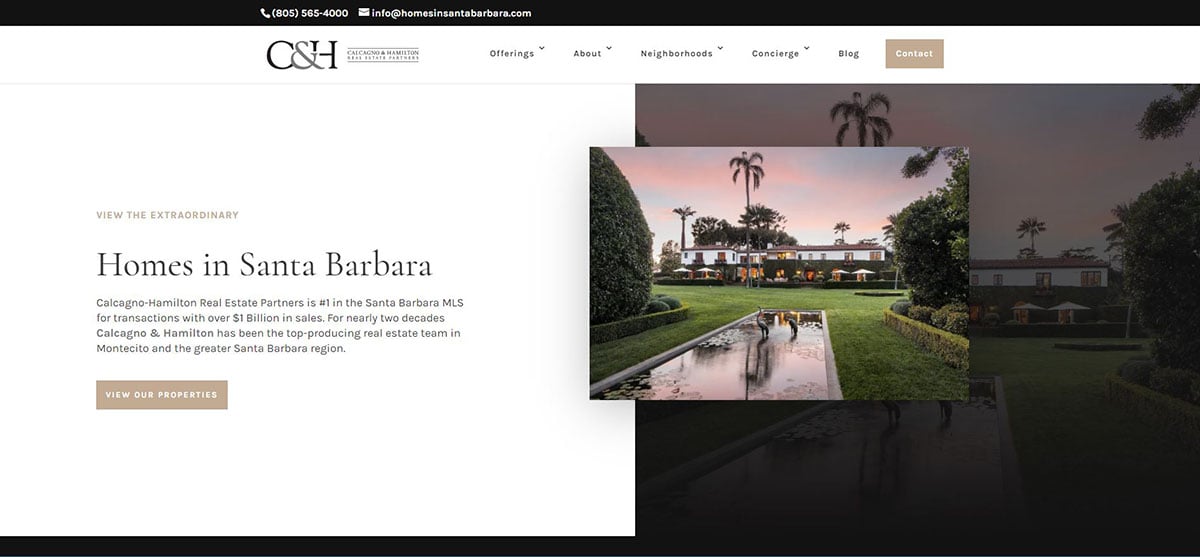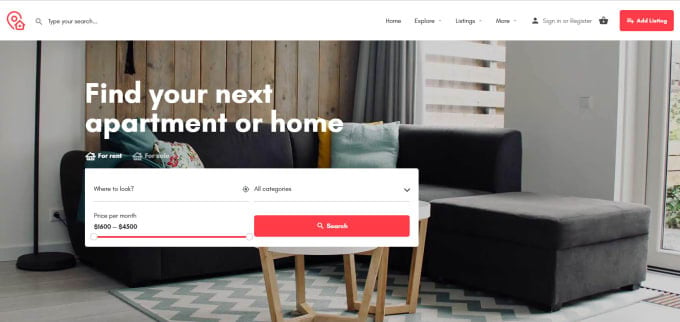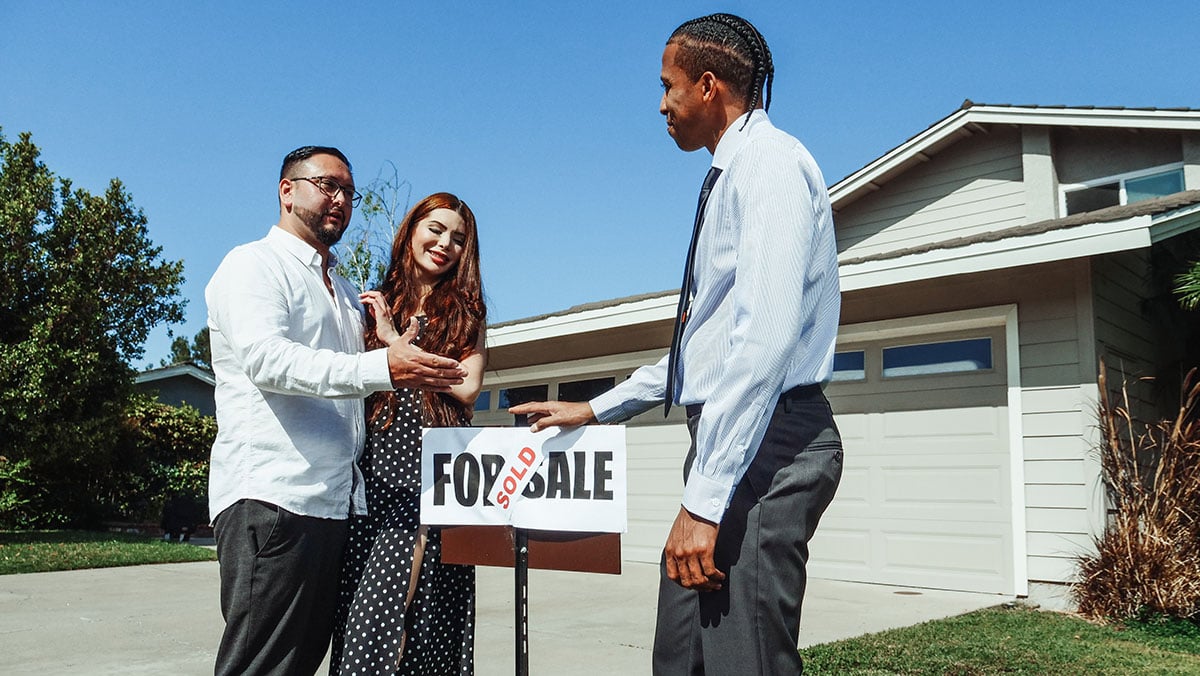8 Steps To A Successful Real Estate Listing Marketing Plan
Are you a real estate agent struggling to create an effective marketing plan for your property listings? Look no further! In today’s competitive market, simply getting new real estate leads is only half the battle. The other half involves crafting and promoting a great listing to potential buyers.
Luckily, the opportunities to market your new listing are abundant. However, this doesn’t mean you should haphazardly apply every tip you find online and pray that it all works well. That would be overwhelming and counterproductive.
By following a few proven strategies, you can create a Real Estate Listing Marketing Plan that maximizes your exposure and attracts potential buyers quickly. Best of all, these marketing strategies don’t require a significant financial investment or complex marketing skills.
Let’s explore the steps you can take to create a winning plan to set you apart in the crowded real estate sector.
Step 1: Research The Property Before Listing It
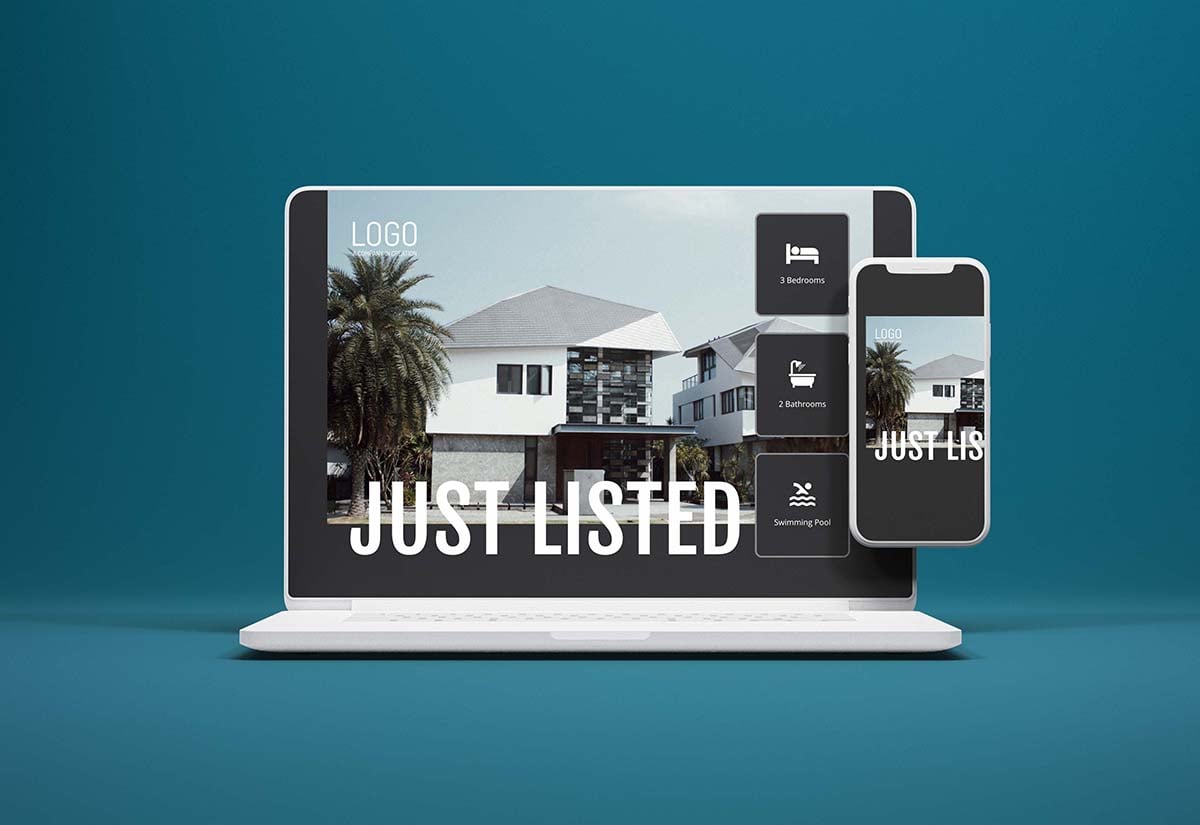
A successful sale starts with a well-written real estate listing. Creating such a listing, however, doesn’t mean flooding your potential buyers with details. Quite the opposite, you must ensure you offer the essential information they care about from the start.
To achieve this, start by knowing the neighborhood and surrounding area, analyzing the local sales in the community, and getting an accurate picture of price expectations.
The more you understand the property and its context, the better you can market it to potential buyers.
Here are some key pieces of information you should gather:
Property Details
First and foremost, gather all necessary details about the property. This includes the address, square footage, number of bedrooms and bathrooms, and any other notable features.
Property History
Research the property’s history, including previous sales, renovations, or major repairs. This information can help determine the property’s current value.
Comparable Properties
Look for similar properties that have recently sold or are currently on the market. This will help you determine a fair price for the property and give you an idea of what features buyers want.
Location and Area
Gather information about the neighborhood and surrounding area, such as nearby schools, parks, and amenities. This information can help market the property to potential buyers looking for a specific lifestyle or set of features.
Market Trends
Keep up-to-date on the local real estate market trends. This includes current inventory, average days on the market, and any other factors that may impact the property’s value.
Having all of this information is crucial for creating a comprehensive listing presentation. A listing presentation is a document that provides potential buyers with all the necessary details about a property, including its features, history, and value. It is vital to have a well-prepared and professional-looking listing presentation template because it can help attract potential buyers and agents and ultimately lead to a successful sale. The presentation can be shared with potential buyers, posted online, or distributed internally within a brokerage to share with agents.

Made with Xara Cloud 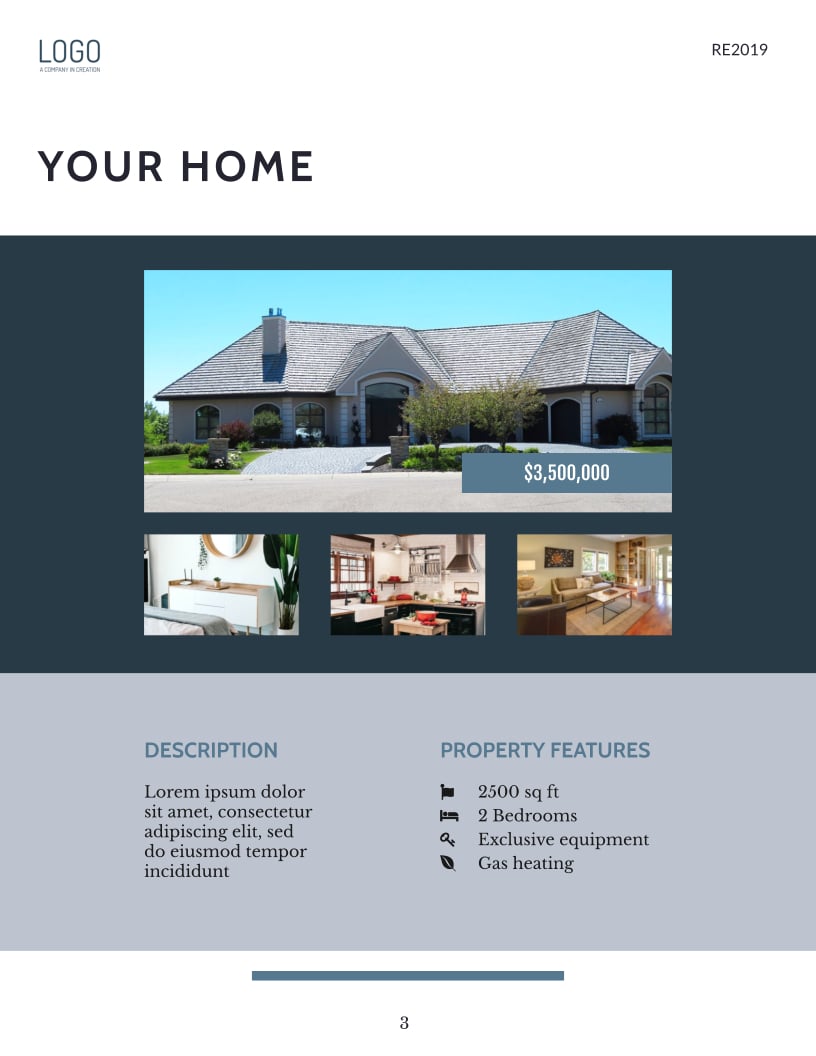
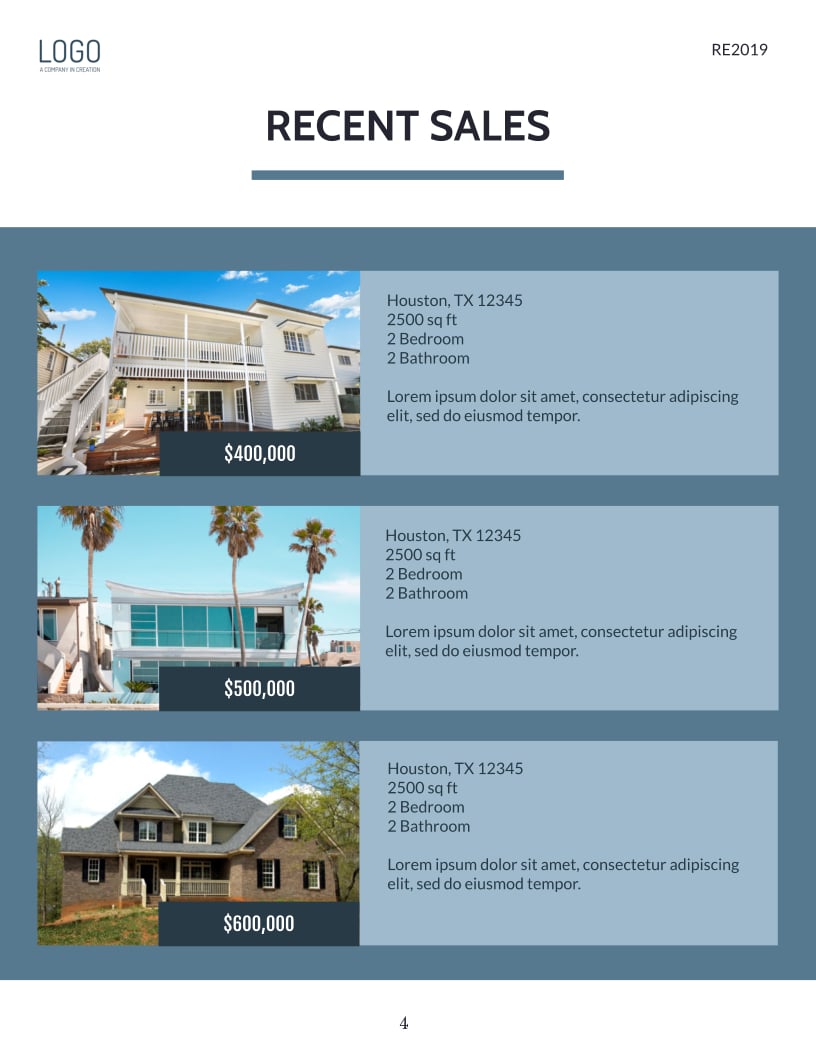
Step 2: Stage the Listing and Showcase It With Professional Photos
Traditional vs. Virtual Staging
When selling a property, staging and photography/video content are crucial elements that can make all the difference in attracting potential buyers. A well-staged home looks more attractive and helps buyers envision themselves living in the space. This is especially important if the property is currently empty, as a vacant home can feel cold and uninviting.
Working with an interior designer or stylist who can help create a welcoming and inviting atmosphere is essential to staging a home properly. They can provide recommendations for furniture placement, decor, and accessories that will showcase the home’s best features and make it more appealing to buyers.
Traditional staging can be expensive, especially if the seller needs to rent furniture and decor. For a more cost-effective method, virtual staging can be done instead.
Virtual staging uses computer software to create realistic images of furniture and decor in a room rather than physically staging a home. Virtual staging is also a great option for sellers who are short on time, as it can be done quickly and efficiently, with images ready to use within a few days. Another benefit of virtual staging is the flexibility it provides. With traditional staging, sellers are limited by the physical furniture and decor they have available.
However, with virtual staging, the possibilities are endless. Sellers can choose from various furniture styles and colors, allowing them to create a unique look that appeals to a broader range of buyers. Overall, virtual staging is a great option for sellers who want to showcase their properties in an affordable and efficient way.
It’s also a great tool for real estate agents looking to attract buyers and close sales.
Photography vs. Virtual Video Tours
In addition to staging, professional photography is another essential aspect of showcasing a property. High-quality photos that capture the property’s charm and unique features can significantly attract potential buyers. It is generally recommended to include 20-30 photos in a listing. This allows buyers to get a comprehensive view of the property and its features without overwhelming them with too many images.
In addition to showcasing the home’s interior, it’s also essential to include photos of the exterior, yard, and any other noteworthy features, such as a pool or a view.
Moreover, virtual video tours have become an increasingly popular tool in real estate, especially after the COVID-19 pandemic.
To create a virtual video tour, a real estate agent or professional photographer can use a smartphone or camera to film a property walkthrough. The video can then be edited and uploaded to the property listing, allowing potential buyers to view it conveniently.
Virtual video tours are a great way to showcase a property’s unique features and provide a more immersive experience for potential buyers.
Step 3: Write a Well Optimized Blog Post for the Property You Want to Sell
Creating a blog post about your listing is a good idea to increase the chances of the right buyers seeing it.
Perhaps you’d think descriptions and informative real estate blog posts wouldn’t resonate with your audience, but think again. When you depict a property as more than a list of features and create a story around it, you make it stand out.
Here are some tips to ensure the success of your blog post:
- Choose a catchy and relevant title: Your blog post title should be attention-grabbing and include relevant real estate keywords related to your listing. This will help improve your Google search engine ranking and increase the chances of potential buyers finding your listing.
- Write a compelling introduction: Your introduction should be engaging and briefly overview your blog post. Include your listing details and why it’s a great investment opportunity.
- Use high-quality images: Photos are critical to your real estate listing. Ensure you include high-quality images of your property to showcase its features and appeal to potential buyers.
- Optimize your content: Use relevant keywords throughout your blog post to improve your search engine optimization (SEO) ranking. However, be careful not to overdo it, as this can negatively impact your ranking.
- Include a call-to-action: At the end of your blog post, include a call-to-action (CTA) to encourage future homeowners to take action, such as contacting you for more information or scheduling a viewing.
Step 4: Tailor Your Listing and Post It on Relevant Listing Platforms: Zillow, MLS, Realtor.com
One of the most critical steps of your real estate listing marketing plan is to list the property on the right platforms. Listing platforms such as Zillow, Realtor.com, and MLS are popular among potential buyers and appear at the top of their search results. By posting your listing on these platforms, you increase the chances of gaining exposure and attracting your target audience. However, with so many listings on these platforms, it’s essential to tailor your listing and make it stand out.
Here are some tips to help you create a compelling listing and maximize its visibility on relevant listing platforms:
- Optimize Your Title and Description: The title and description of your listing are the first things potential buyers see when they come across your listing. Therefore, optimizing them to grab their attention and give them a reason to click through is crucial. Use descriptive and attention-grabbing language in your title and highlight the unique features of your property in your description.
- Include High-Quality Pictures and Videos: To increase engagement, include high-quality listing photos and videos that showcase every room and highlight the unique features of your property. Consider using the photos and videos you’ve already taken, and you can also create a virtual tour to give potential buyers a better sense of what your property looks like.
- Provide Accurate and Detailed Information: When creating your listing, ensure that you provide accurate and detailed information about your property. This includes the number of bedrooms and bathrooms, square footage, amenities, and any upgrades or renovations you’ve made. It’s also essential to disclose potential drawbacks, such as a noisy street or outdated appliances, to avoid surprises for potential buyers.
- Highlight Your Property’s Unique Features and Selling Points: One crucial aspect of creating a compelling real estate listing is emphasizing your property’s unique features and selling points to make it stand out. For instance, you could highlight a large backyard or a recently renovated kitchen in your listing. Additionally, you could leverage AI technology to help you craft a more compelling listing description that resonates with potential buyers.
Step 5: Consider Hosting An Open-House For The Property
When selling a property, hosting an open house is one of the best ways to generate interest. This lets potential buyers see the property in person and get a feel for the space. However, hosting an open house requires careful planning and preparation to ensure everything goes smoothly.
The first step to hosting a successful open house is advertising it beforehand. This can be done through various channels, such as online real estate listings, social media, and local newspapers. Provide all necessary information, such as the date, time, and location of the open house, as well as any special features of the property that will be highlighted.
Once you’ve advertised the open house, it’s time to prepare the property for visitors. This means cleaning and decluttering the space and making necessary repairs or upgrades. Hire a professional cleaning service or stager to help you get the property ready.
On the open house day, create a welcoming atmosphere for visitors. Provide refreshments, such as coffee or snacks, and create a comfortable and inviting space. Have marketing materials on hand, such as brochures or flyers, that provide more information about the property.
During the open house, be available to answer any questions potential buyers may have. Provide information about the property, such as its history, features, and recent upgrades or renovations. Have a sign-in sheet available for visitors so you can follow up with them after the open house.
Overall, hosting an open house can be a great way to generate interest in a property and attract potential buyers. With careful planning and preparation, you can create a memorable experience that helps you sell your property quickly and at the right price.
Step 6: Showcase Your Listing On Social Media Platforms
A great real estate marketing plan for listings should include digital marketing efforts, and creating compelling and attention-grabbing social media posts is a must. In today’s digital age, social media has become a powerful tool for real estate agents to showcase their listings and generate leads. Here are some tips on creating social media posts that will get eyes on your listing and make people reach out to you.
Choose the Right Platform
Not all social media platforms are created equal, and each has a different audience and purpose. Choose the platforms that best fit your target audience. Instagram and TikTok might be your best bet if you’re targeting first-time buyers. If you’re targeting families, then Facebook might be a better option. Twitter is an excellent platform for sharing quick updates and short messages, while Pinterest is ideal for sharing visually appealing content. Check out our guide on which platform to use as a realtor.
Use Social Media Branded Templates
Using branded templates is a great way to maintain consistency in your social media posts and make them easily recognizable. You can use our Xara Real Estate templates to create your next awesome, attention-grabbing social media posts.
Use Real Estate Hashtags
Hashtags are a great way to increase the visibility of your social media posts. Use relevant real estate hashtags to your target audience, such as #firsttimehomebuyer, #familyhome, #luxuryrealestate, and #dreamhome. You can check our list of the top real estate hashtags for inspiration.
Add a Powerful Call to Action
Your social media posts should end with a powerful call to action. Encourage your followers to take action, whether to schedule a showing, contact you for more information, or share the post with their friends. Ensure to include your contact information, such as your phone number or email address.
Engage with Your Followers
Engage with your followers by responding to comments and messages promptly. Show that you’re interested in their needs and are willing to answer any questions they may have. Building a relationship with your followers can lead to more leads and referrals.
In conclusion, social media is a powerful tool for real estate agents to showcase their listings and generate leads. By creating compelling and attention-grabbing social media posts, you can get eyes on your listing and make people reach out to you.
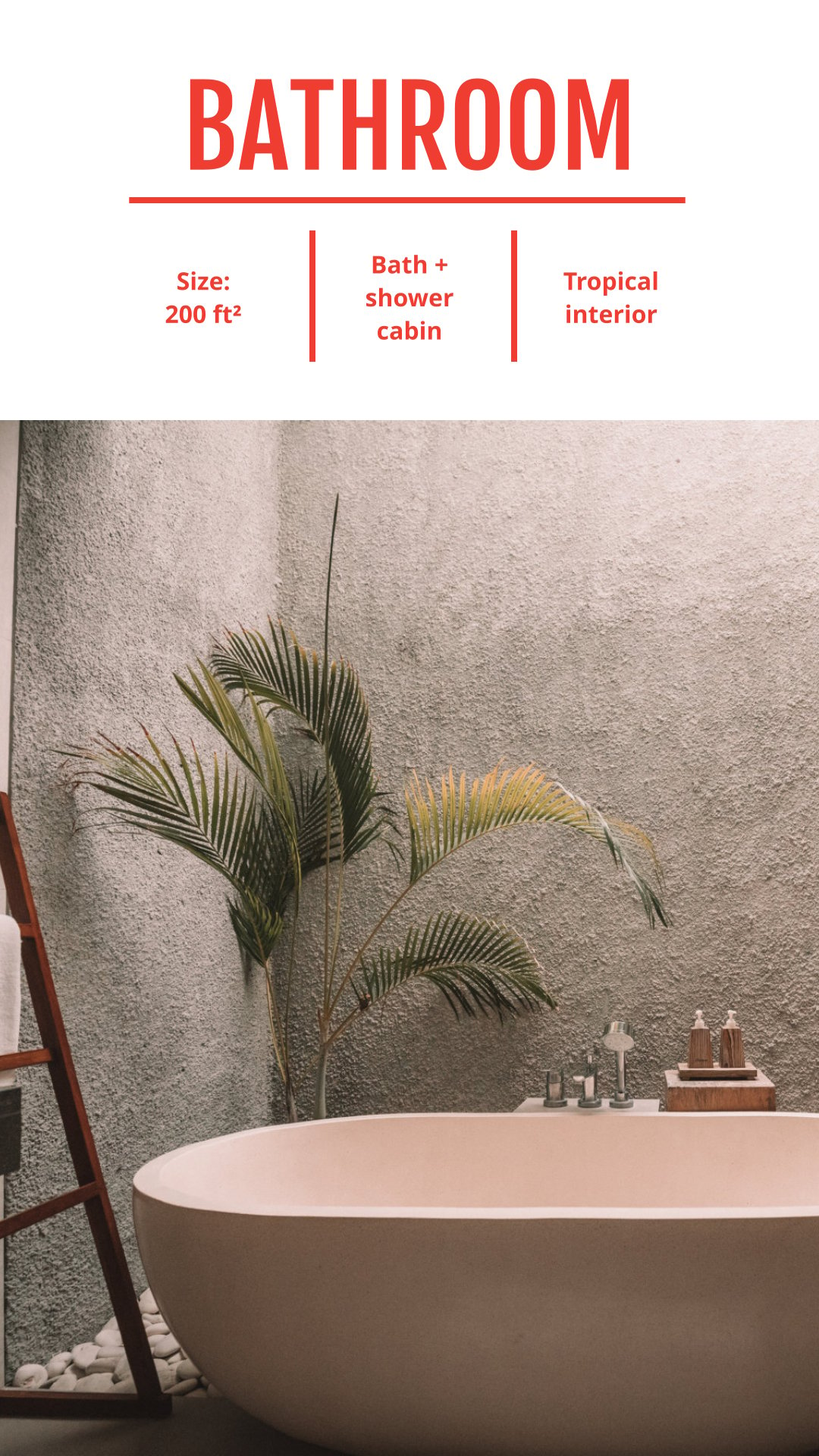
Made with Xara Cloud 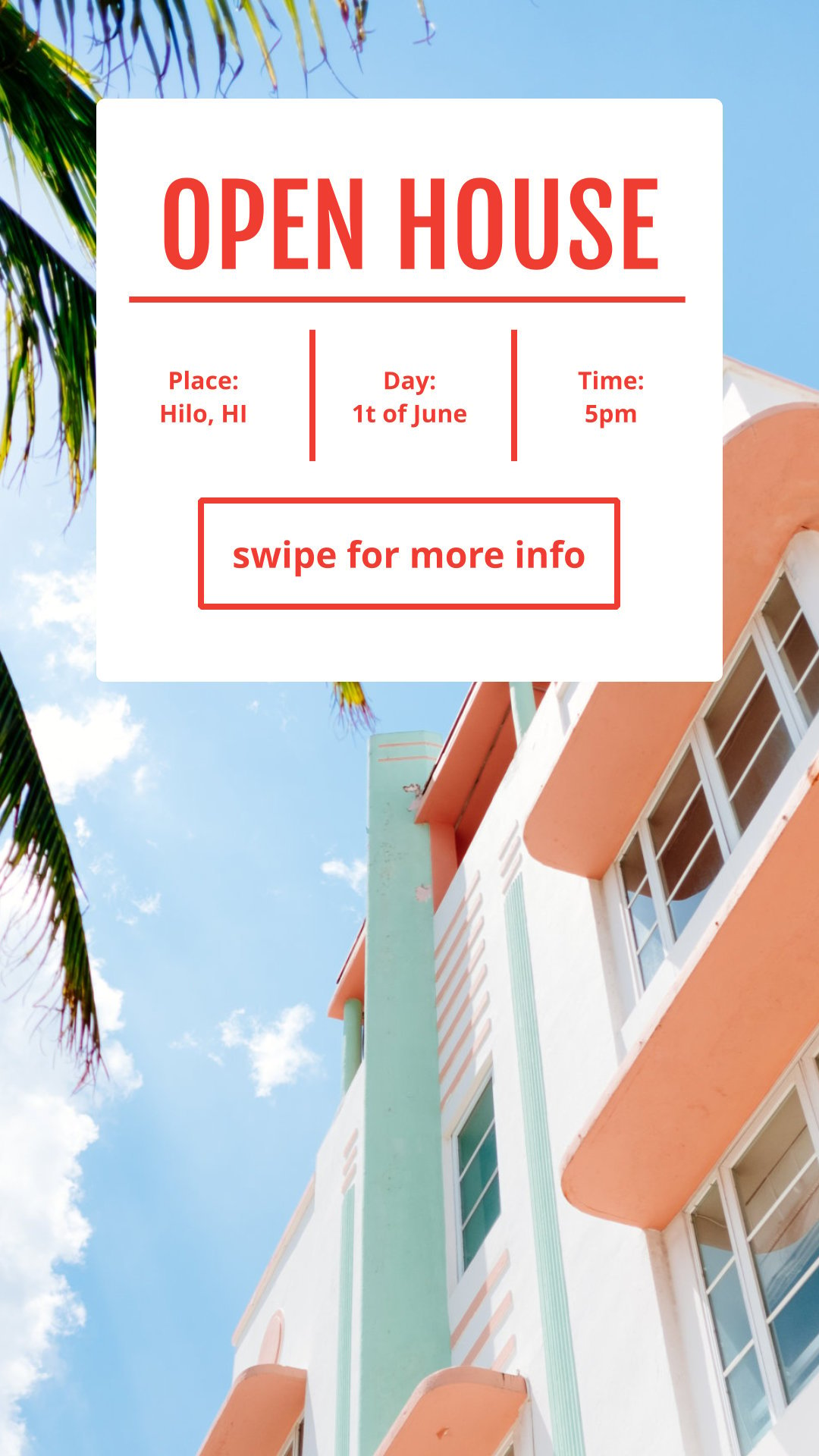
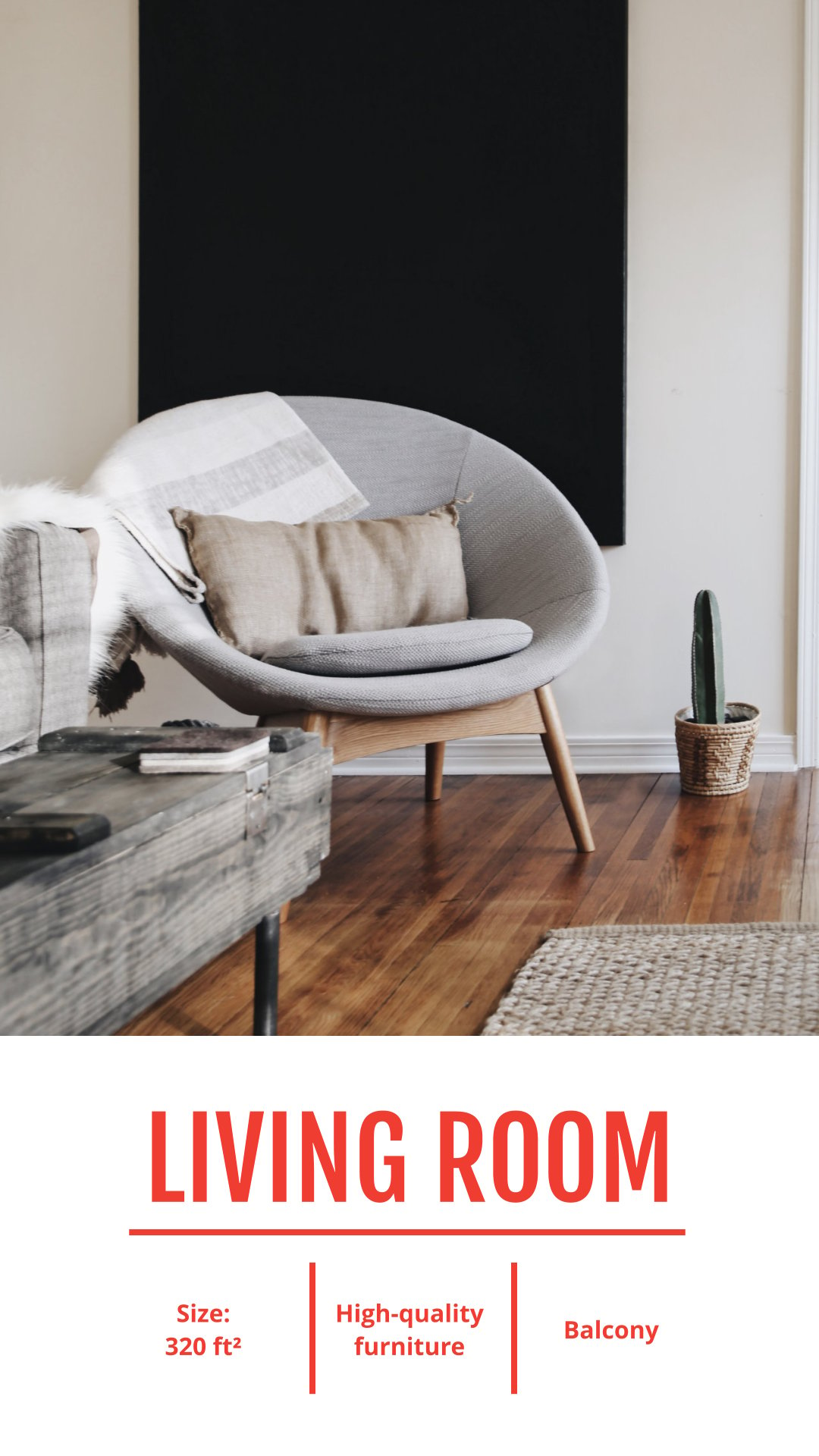
Step 7: Tell Other Realtors About Your Listing
Collaborating with other agents and real estate business is one of the best marketing strategies in real estate. When you have a new property to sell, tapping into your network and letting your colleagues know about it is an excellent way to expand your reach and increase your chances of finding potential buyers.
Reaching out to other agents can be an effective way to market your existing listing and explore opportunities for future collaborations. You can also cross-sell the deal with them. Contacting other agents or designated groups can be a great way to find clients looking for properties that match your listing.
When you collaborate with other agents, you can benefit from their expertise and knowledge of the local market. They may have insights into unfamiliar areas, and they can help you tailor your marketing strategy to appeal to a broader audience. You can also learn from their experiences, including what has worked for them in the past and what has not.
To make the most of your collaboration with other agents, it is essential to establish strong relationships built on trust and mutual respect. Communication is vital, and you should be clear about your expectations and what you hope to achieve from the collaboration. Be open to feedback and willing to adjust your real estate listing marketing plan as needed.
Step 8: Place a Yard Sign and Flyer Box on the Property
8. Place a Yard Sign and Flyer Box on the Property
One effective way to market a property for sale is by placing a yard sign and flyer box. This method has been used for a long time, but it still proves effective. A well-designed yard sign can catch the attention of potential buyers who pass by the neighborhood and create more visibility for your brand.
When deciding to place a yard sign, ask permission from the seller. Some sellers may not want a sign on their property for personal reasons or may not see the benefit of it. However, if a seller agrees, it can be a great way to attract more potential buyers.
In addition to the yard sign, a flyer box should be included to provide more information about the property. Prospective buyers can help themselves with a printout of the property details, pictures, and contact information. This is a great way to increase interest in the property and can also be used to spark conversation with potential buyers.
It is important to note that the yard sign and flyer box design is crucial. A poorly designed sign may not attract the attention of potential buyers, and a flyer box that is not well-maintained can create a negative impression. Therefore, working with a professional designer to create a compelling design consistent with your brand and marketing message is best.

Try Xara Cloud for 14 days and discover
the results
- No credit card or phone number required.
- Start creating instantly — 1 minute signup.


